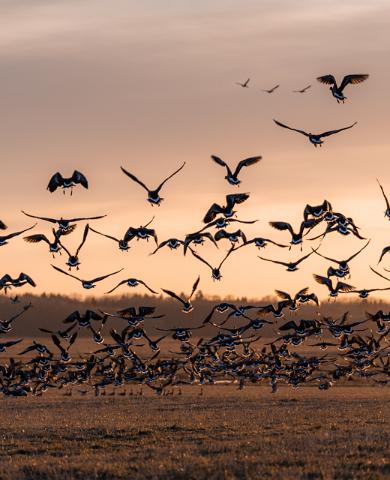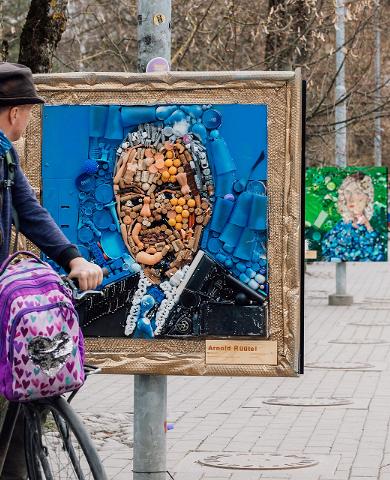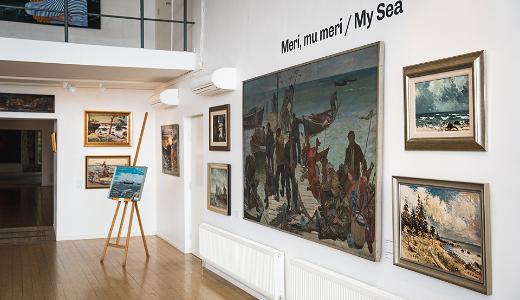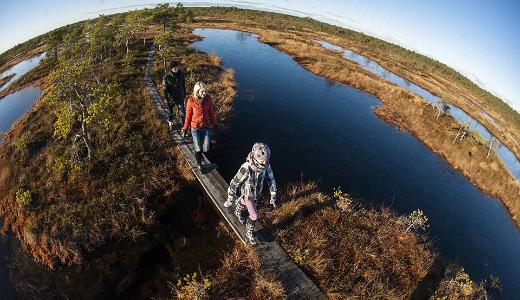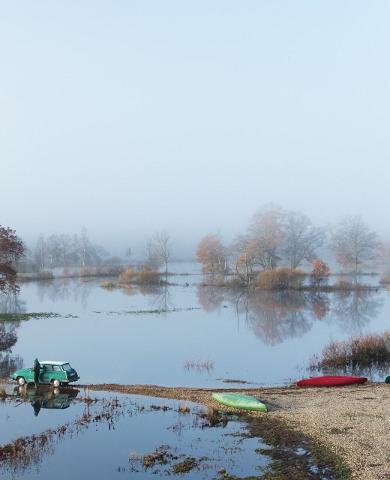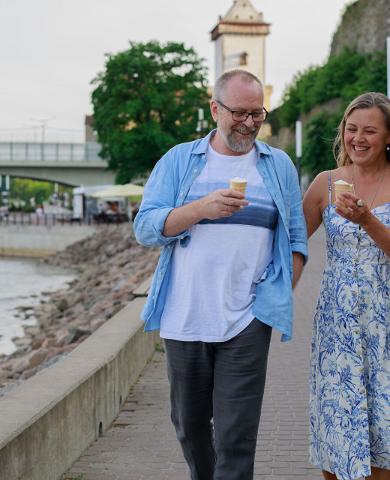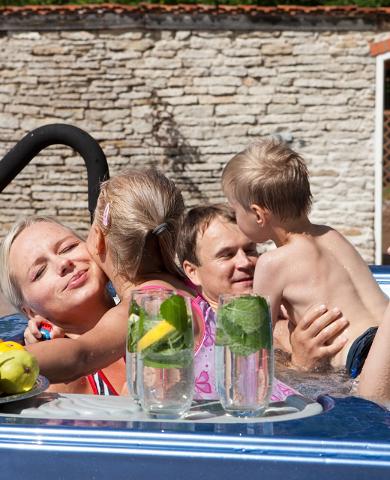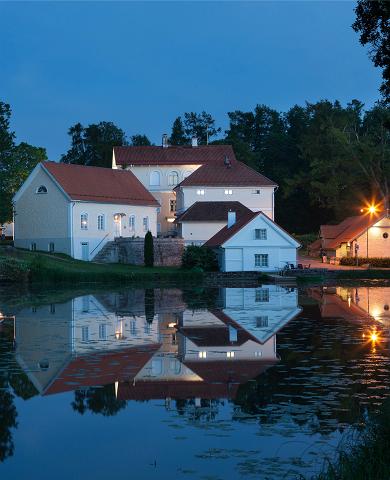-
- Why Estonia
- What to see & do What to see & do
- Where to go Where to go
- Where to stay Where to stay
- Travel here & around Travel here & around
- Why Estonia
- See tours around Estonia
- #EstonianWay
- Home
- Search all over Estonia

The article is not available
The article you were looking for is temporarily being edited and is presently not available. You may select Search or find inspiration from the page below


Our site is also available in Chinese and you will be redirected to Visit Estonia Chinese website visitestonia.cn
爱沙尼亚旅游局中文官方网站现已上线,即将跳转至中文官网visitestonia.cn




